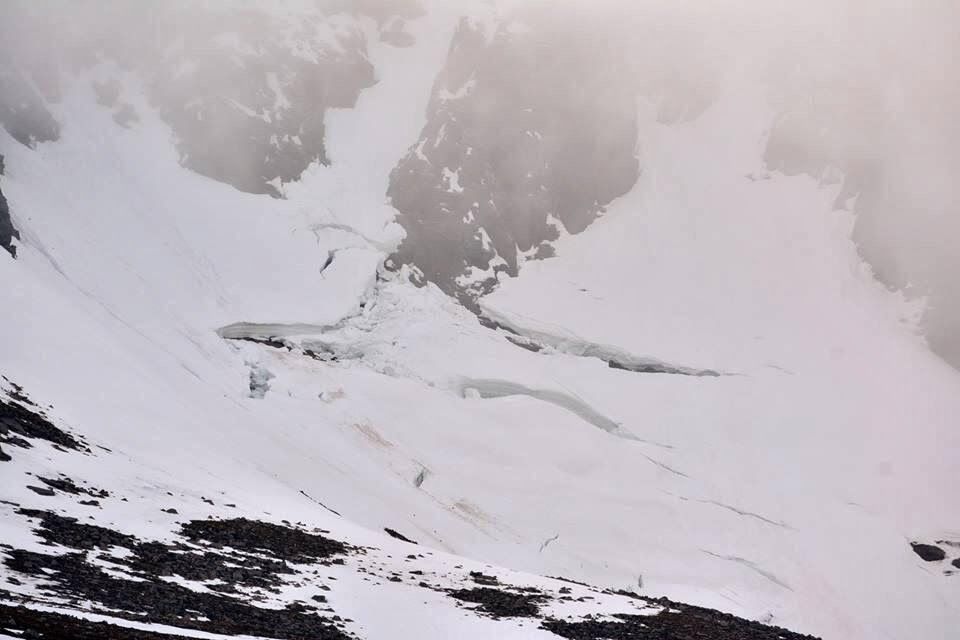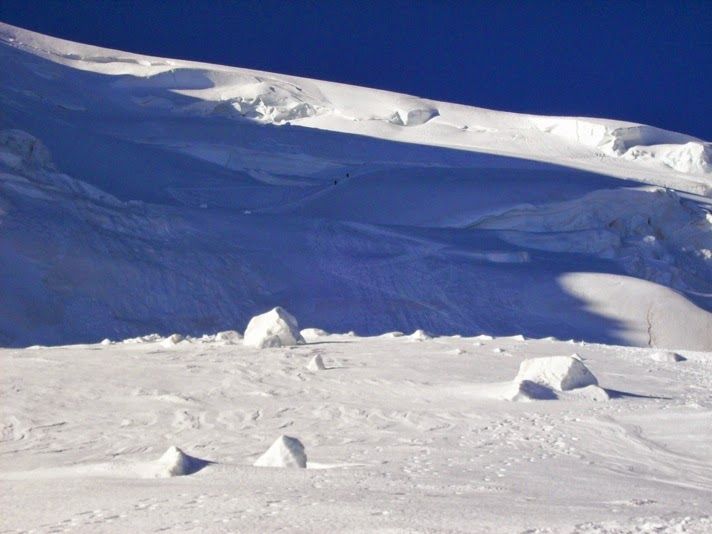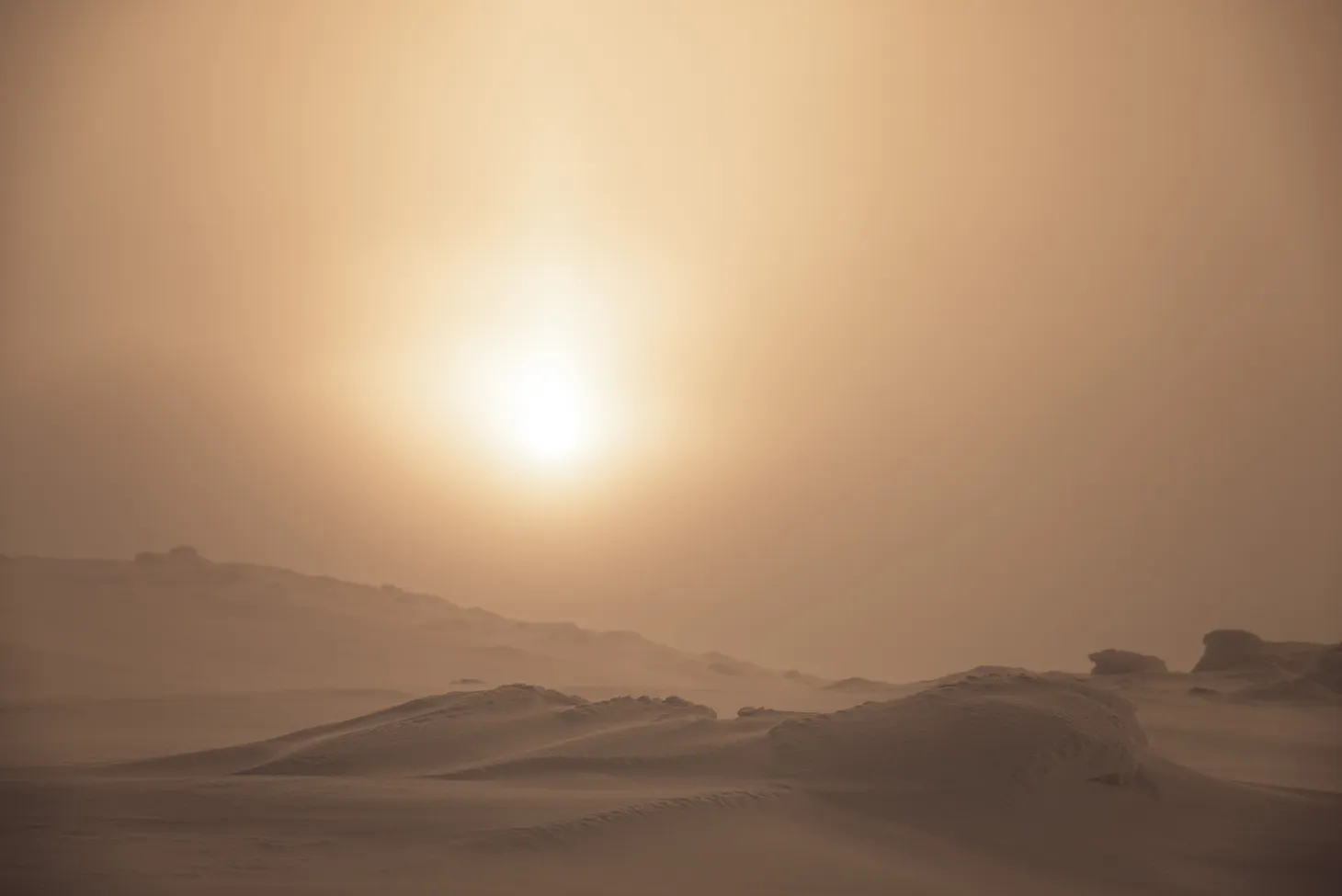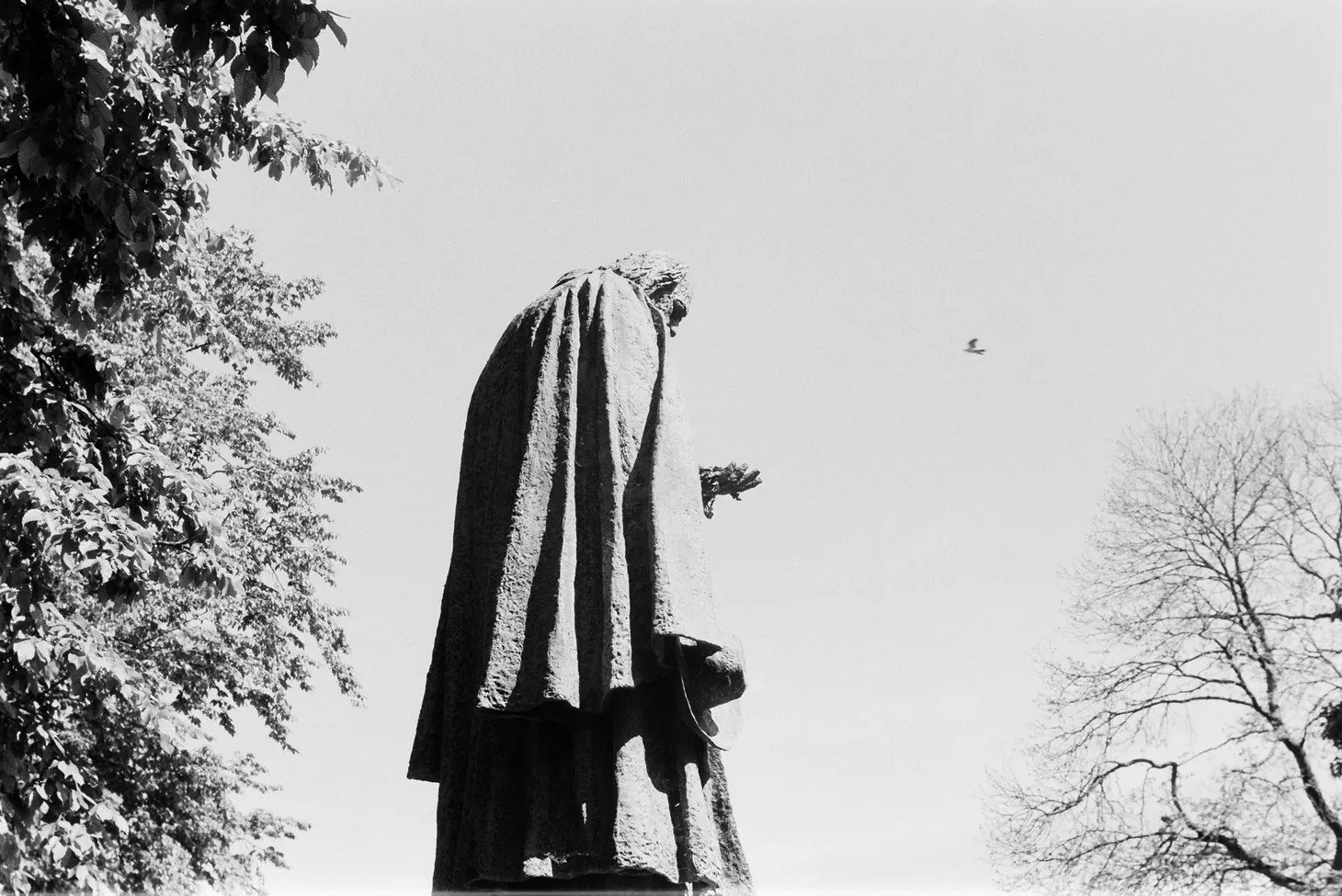Scotland’s last glacier … as it appears in the present day!
 |
| Photo (C) James Roddie 2014, all rights reserved |
Back in January, it emerged that the last glacier in the Scottish highlands may have lasted well into the 1700s. Coire an Lochain, a deeply carved corrie in the northern Cairngorms, was believed to be the site of one of the last Scottish glaciers.
However, the research has been mired in controversy since the original paper was published. Rival scientists have challenged the claims and it now appears that the entire question hinges on arcane matters such as soil pits.
A definitive answer to the question “When did the last Scottish glacier die?” may be a little way off, but in the meantime we can gaze in awe at views like the one above and think back to what it must have been like.
The Great Slab of Coire an Lochain
The topography of Coire an Lochain is unusual. At the base of the cliffs, a gigantic slab of polished rock tilts down at a steep angle. Snow builds up on this slab during the winter months and it is often the site of spectacular, full-depth avalanches later in the season.
During thawing conditions like at present, the snowpack can slump and begin to drift down the slab, producing the dramatic crevasses clearly visible in the picture above. The effect is accelerated when the underlying ground isn’t that cold (again, this closely mirrors current conditions).
The scale is altogether different, but here’s a photo of a glacier in the Alps for comparison.

In this picture we can see genuine glacial crevasses caused by the gradual downhill movement of masses of ice over many centuries. This slope is also prone to avalanche – you can see huge blocks of debris that will testify to that, and many climbers have died here over the years – but it isn’t a transient feature like the Coire an Lochain “glacier” is in the present day. The maze of crevasses will change year by year as the entire mass slowly drifts downhill, but it will be possible for a glaciologist to “track” individual features over long periods of time.
Glide Cracks or Crevasses?
The scene in Coire an Lochain today might look like a glacier, and the “crevasses” are certainly fearsome enough, but in the 21st century it’s a temporary feature. The crevasses are known as “glide cracks,” a term that refers to seams that open up in a slumping, thawing snow pack as it drifts downhill prior to a catastrophic avalanche.
Depending on conditions, these crevasses can stay in place for weeks or even months – but the avalanche will always happen, even if the pack hangs on well into May. By late summer the Great Slab will be almost entirely snow-free again.
So it might be thrilling to think of a wee glacier lurking in a hidden corrie of the Cairngorms even in the year 2014, but unfortunately the science says otherwise: it superficially looks like one, but it isn’t!
Alex Roddie Newsletter
Subscribe here to receive my occasional personal newsletter in your inbox. (For the fun stuff, please consider subscribing to Alpenglow Journal instead!)



